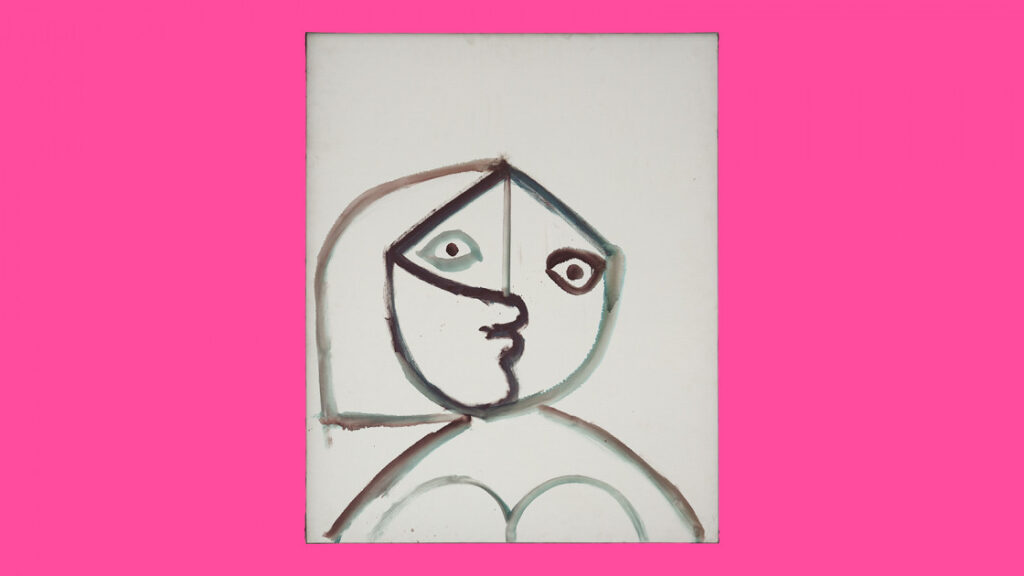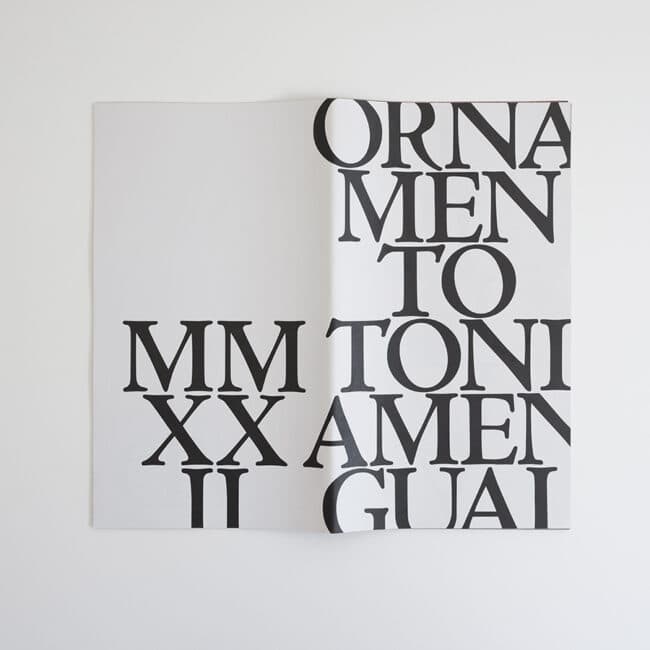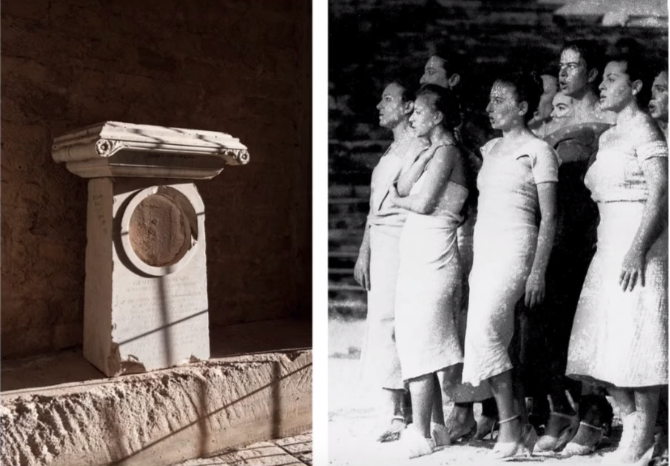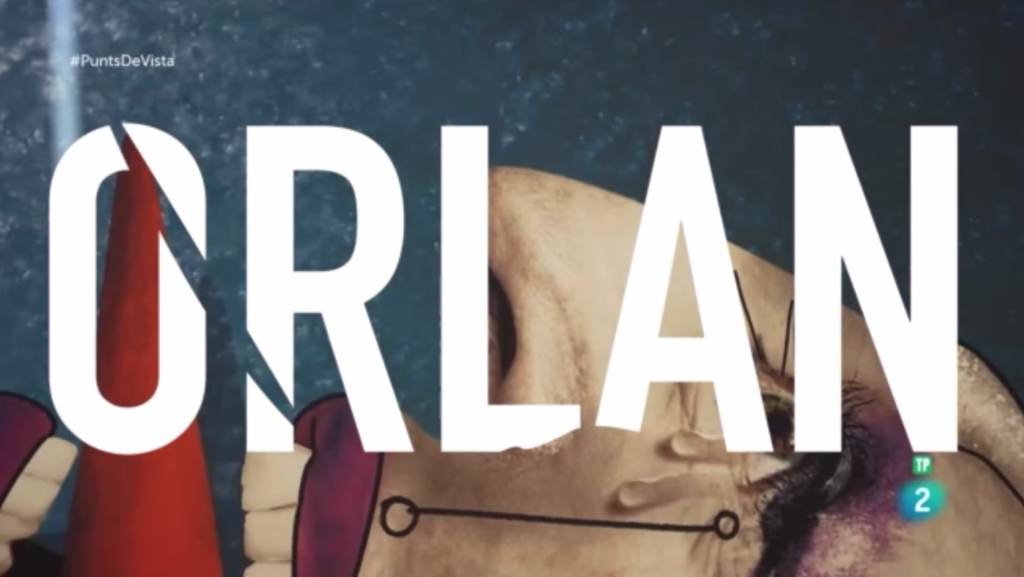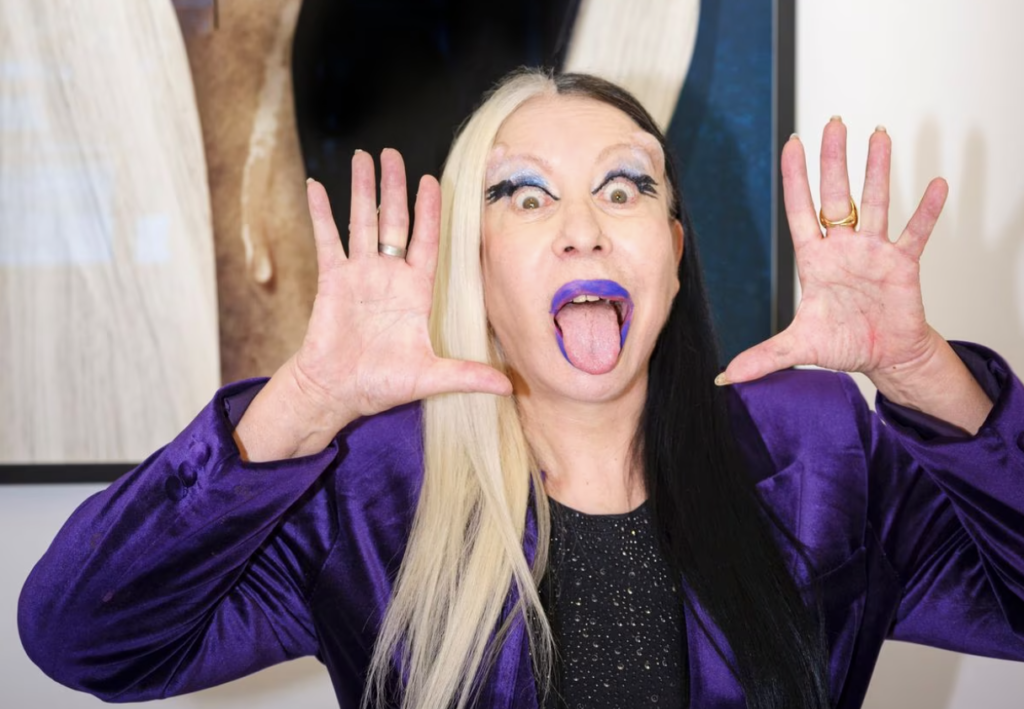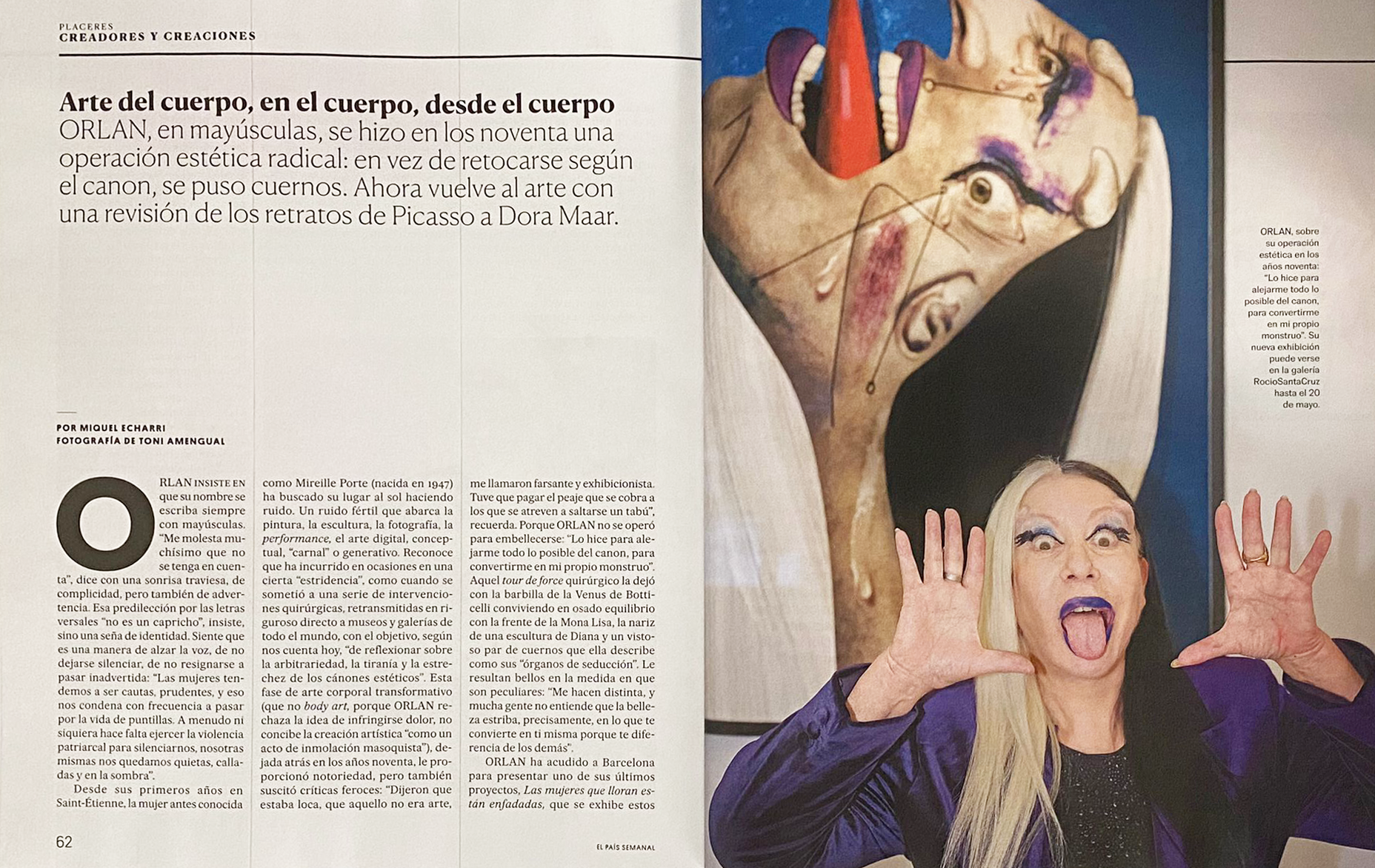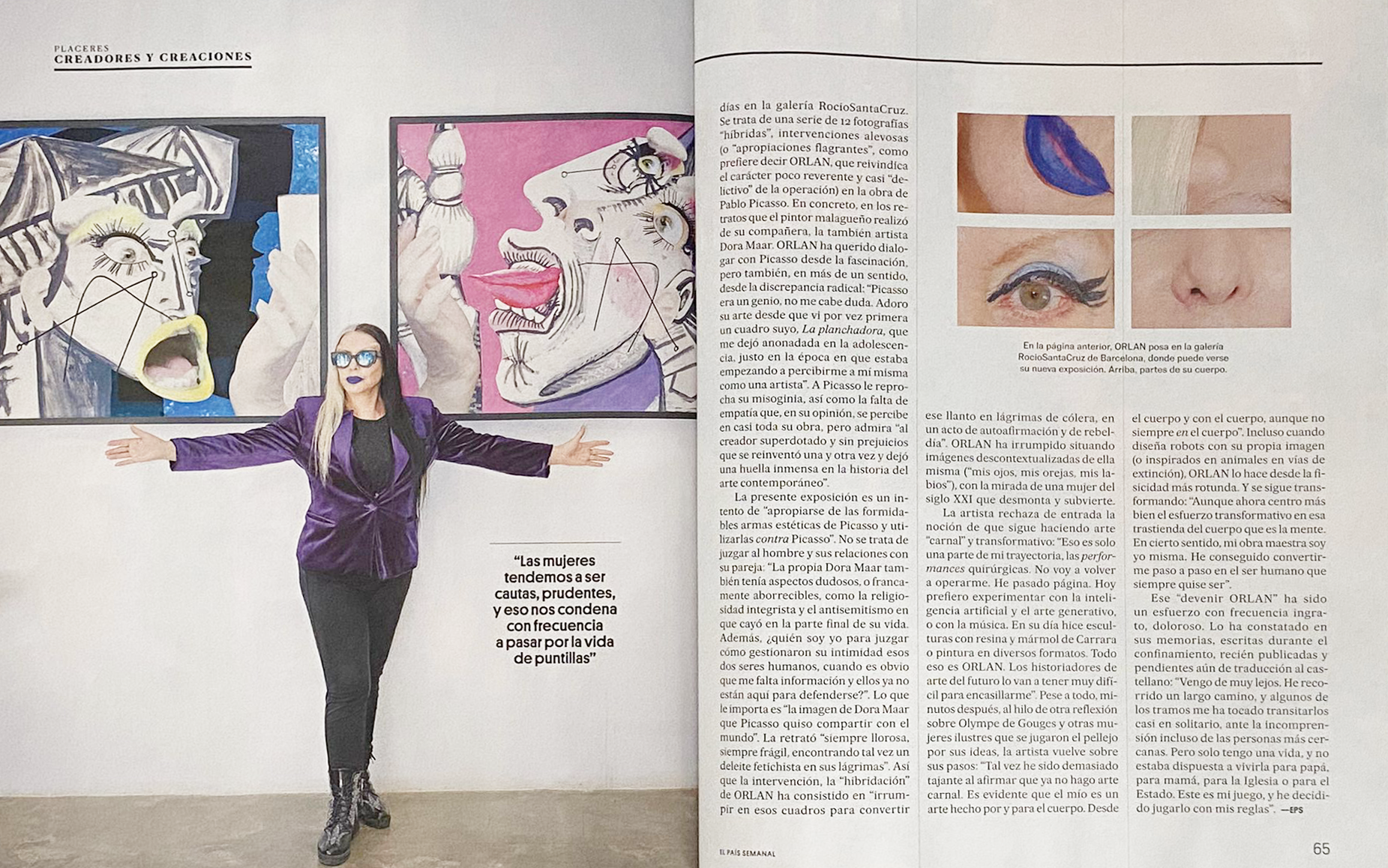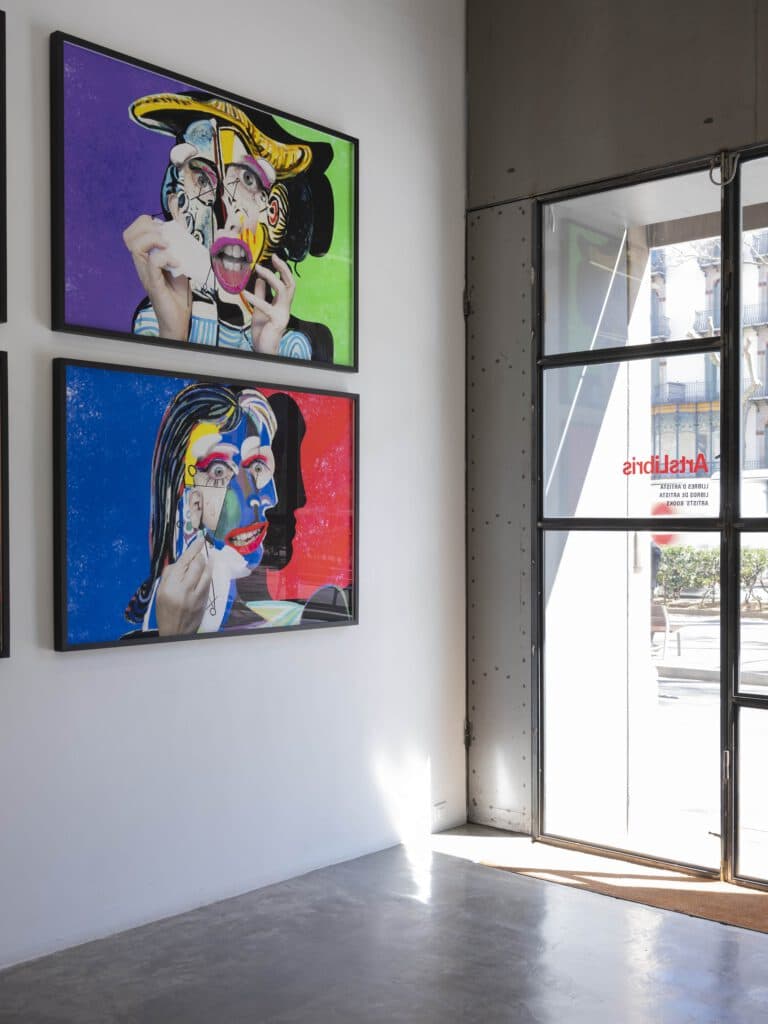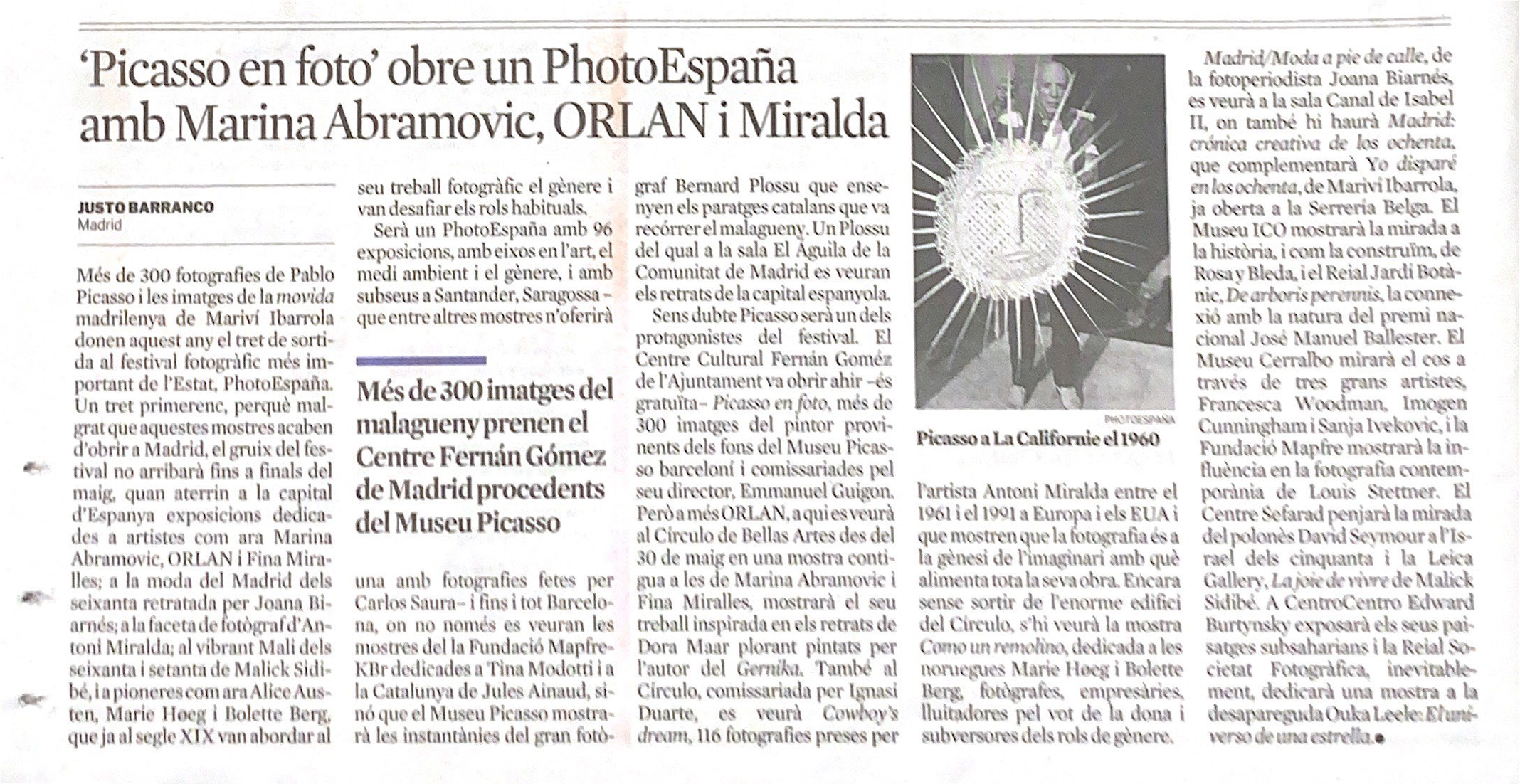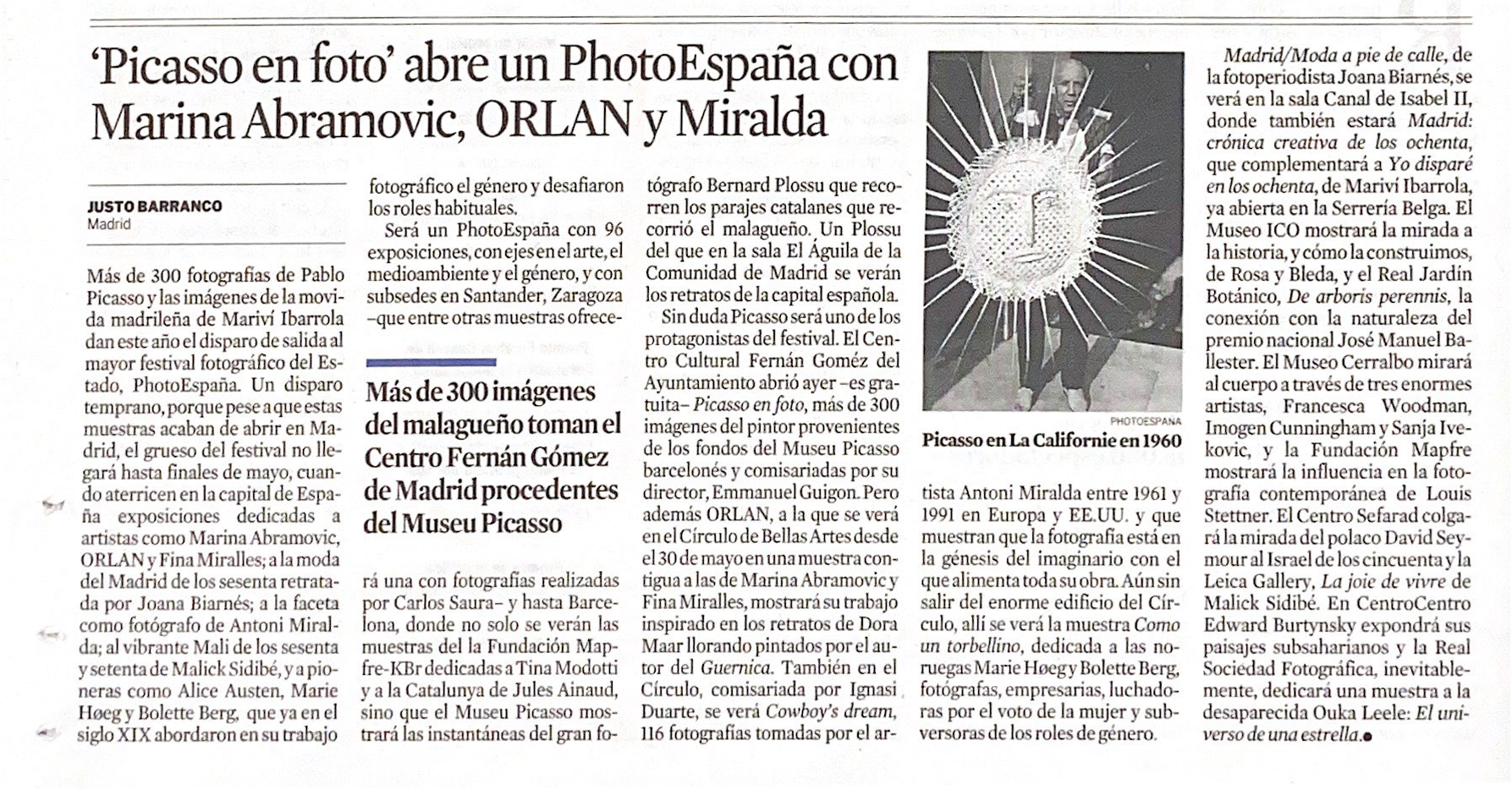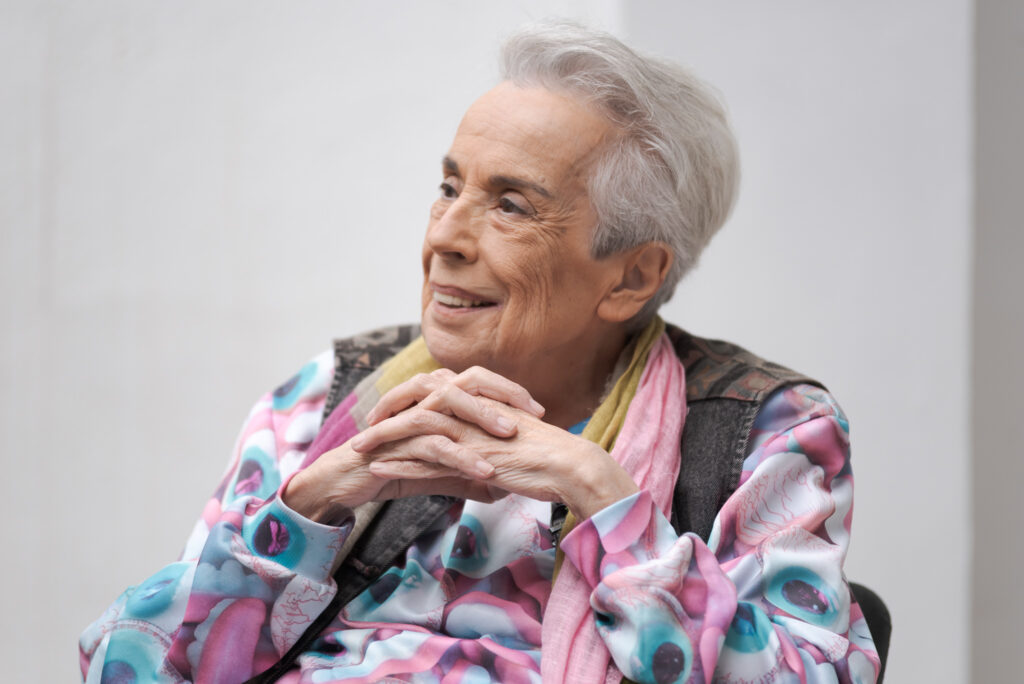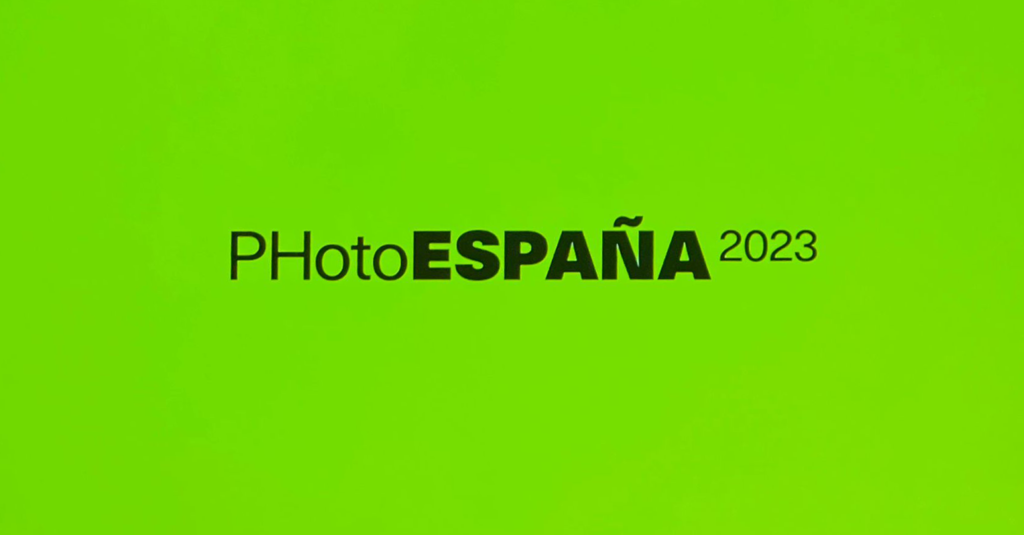The programme for the PHotoESPAÑA festival has been officially presented in the city of Madrid. The XXVI edition, which will take place from 31 May to 03 September 2023, will feature 7 artists represented by the RocioSantaCruz gallery.
In the official section, ORLAN will present the exhibition ORLAN: This is my story…. of art thanks to the collaboration of RocioSantaCruz. It will show the complete series of “Weeping women are angry“, which is currently on display at the gallery until 20 May 2023. Fina Miralles will also be present with La mujer árbol, la mujer agua, an exhibition organised by MACBA and PHotoESPAÑA in collaboration with RocioSantaCruz. Both exhibitions will be held in the Sala Picasso of the Círculo de Bellas Artes.
Gloria Oyarzabal presents her portraits of important women from the cultural scene in the group exhibition Una Visión Propia at the Museo Lazaro Galdiano, while Ouka Leele is part of the history of the “movida madrileña” in the exhibition Madrid: Crónica creativa de los 80 (Canal de Isabel II). Finally, Flowers for Franco, by Toni Amengual, will be included in the selection of The best photography books of the year, an exhibition at the Fernán Gómez Centro Cultural de la Villa.
The Guest Venues will host Ouka Leele’s solo exhibition entitled El Universo de una Estrella. In this exhibition, the Royal Photographic Society pays special tribute to the photographer by bringing together works, some of them little known, from throughout her professional career.
At the Santander venue of the PHotoESPAÑA festival, the Espacios, Memoria y Tiempo outdoor exhibition brings together the winners of the National Photography Prize, awarded by the Ministry of Culture and Sport. Pilar Aymerich, Ouka Leele and Montserrat Soto are part of the special tribute that brings together this new generation of key figures in the history of Spanish photography.
RocioSantaCruz Gallery would like to thank the team of PHotoESPAÑA and especially its director Claude Bussac.
